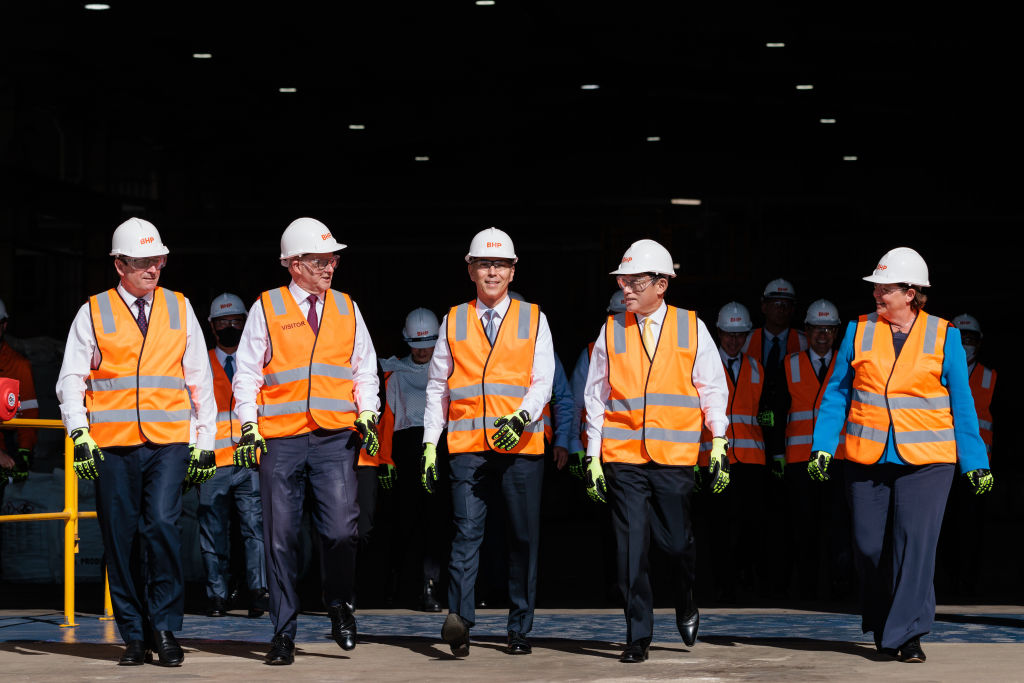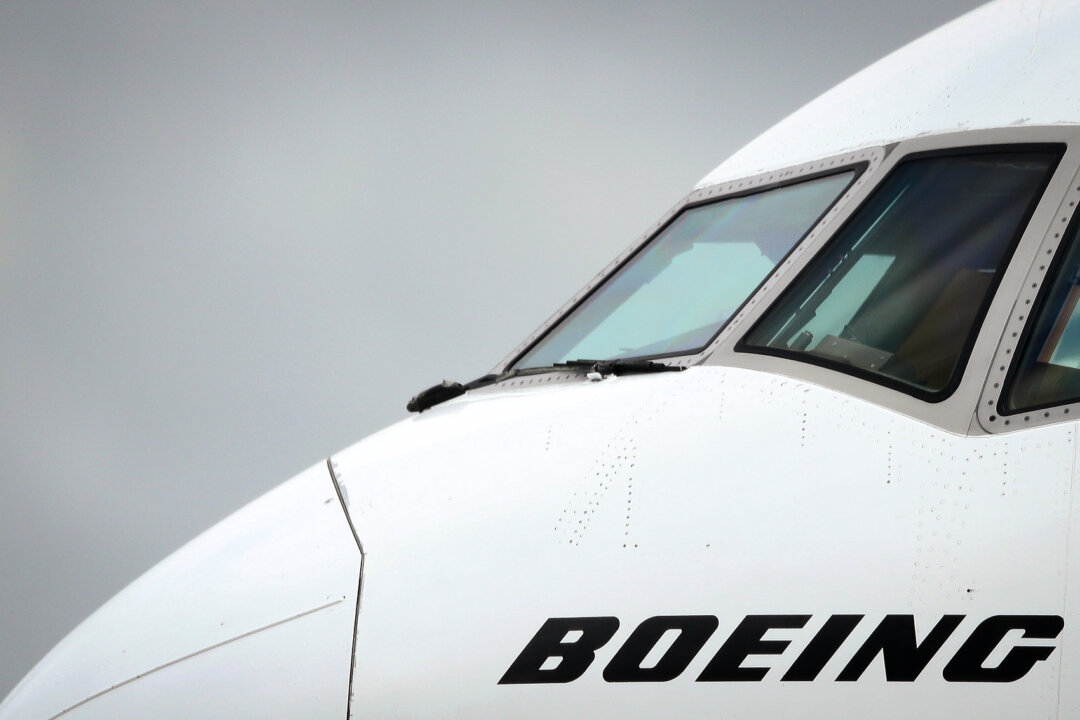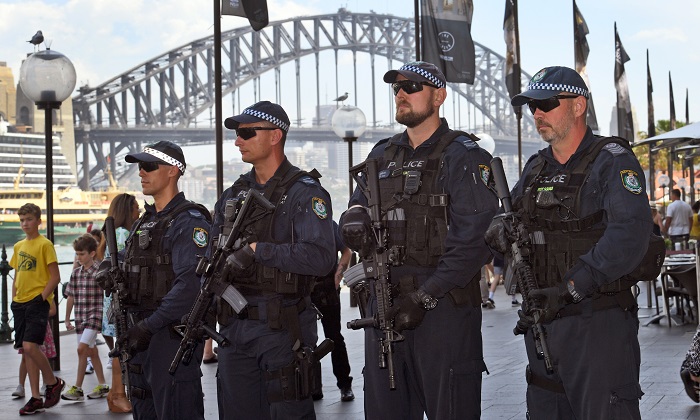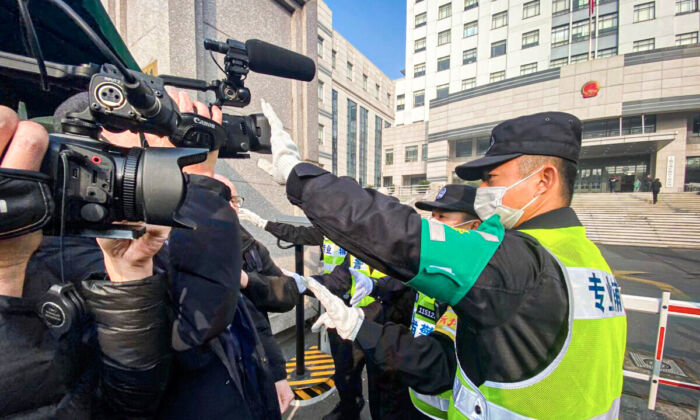From charges which don’t seem supported by the evidence to a prosecutor who refuses to give his name to media, the trial of Liz Gunn continues in courtroom 7.
When hundreds of protesters gathered in front of New Zealand’s Parliament in 2022 to protest against COVID-19 mandates and lockdowns, many were keen to speak with journalists.
The details varied depending on who was telling the story, but there was a common thread, too: the state, in all its forms, was conspiring against its own citizens.
But even for those inclined to agree with conservative political pundit Charles Krauthammer, who said, “In explaining any puzzling [government] phenomenon, always choose stupidity over conspiracy, incompetence over cunning.”
Events this week in courtroom seven at the Manukau District Court, offer considerable evidence that the state is not above using power to stifle critics.
One prominent NZ journalist described it as “breaking a butterfly on the wheel” and called proceedings “unnecessary torture.”
“Breaking on the wheel” is a form of torture in which victims had their long bones broken by an iron bar while tied to a Catherine wheel.
On trial are 64-year-old former TV host Liz Gunn (real name Elizabeth Cooney), a critic of the COVID-19 vaccine, protestor, and leader of the NZ Loyal Party, as well as 50-year-old Jonathan Clark.
On Feb. 25 last year, the pair tried to shoot video at the international arrivals terminal without the permission of airport officials; they were hoping to film an interview with an unvaccinated family due to arrive from Apia, Samoa.
An airport official asked them to leave, telling them they needed permission to film using professional equipment in the terminal.
They refused, claiming they were not professionals but volunteers.
Two police officers arrived and told Ms. Gunn and Mr. Clark they had to go. When Ms. Gunn again refused, and 18 seconds later—events were caught on CCTV—they were on the ground being arrested. Whether they fell or were pushed is disputed by the parties.
Ms. Gunn was charged with assault, resisting police, and wilful trespass, while Mr. Clark faces charges of wilfully trespassing and resisting arrest, but not assault.
Several hours into the trial, Judge Janey Forrest dismissed the trespass charges because she was not satisfied that the prosecution could prove the pair failed to leave the airport after being told and given the opportunity to do so.
Ms. Gunn denies assaulting airport security official Anna Kolodeznaya, and says she merely tapped her on the arm to get her attention.
She described Ms. Kolodeznaya’s behaviour as “bullying” and accused the police of inflicting lasting physical and mental trauma on her after she was arrested and handcuffed by a senior constable.
Weakness Of Cases Apparent
When the trial began, the weakness of the Crown’s case immediately became apparent.
The most serious charge, that of assault, hinged on CCTV footage and the evidence of the alleged victim, Ms. Kolodeznaya, on whose arm Ms. Gunn had placed her hand.
She was asked how she would rate the level of pain this caused her, from one to 10. She answered, “Five.”
Ms. Gunn’s lawyer, Matthew Hague, had the witness confirm that this contact lasted “less than a second” and asked, “She didn’t close her fingers around your arm, did she?”
Ms. Kolodeznaya replied, “It was a curved hand.”
Mr. Hague: “She didn’t squeeze?”
Ms. Kolodeznaya: “No.”
Nonetheless, Mr. Beveridge pointed out that upholding a charge of assault does not require violence, and reminded the court of a case where a man was convicted after he'd removed someone’s hat.
The police evidence did little to bolster the prosecution’s case.
Asked by Mr. Hague whether more communication could have occurred than the 17- or 18-second exchange that took place before the arrest, one of the constables said the defendants were “aggressive.”
Played the CCTV footage a second time, he amended that to “argumentative.”
The other, asked whether anything was stopping the two officers from taking more time to de-escalate the situation, said, “No.”
But Ms. Gunn did not emerge from proceedings in a shining light either.
The CCTV and Mr. Clark’s footage showed that one of the first things she said to Ms. Kolodeznaya was, “Where are you from?”
Told it didn’t matter, she replied “It matters to me.” After talking to another airport worker, she said to Mr. Clark, “He listened. He was a Kiwi. He was nice,” and referred to another staff member as “a little Indian girl.”
Unclear Evidence Presented
Rather than giving evidence, when it was her turn in the witness box, she was inclined to make speeches which bore little, or no, relevance to the facts on trial.
Statements like, “My whole life is to be humane!” and “We do this for a free New Zealand!”—yet these comments had no bearing on whether or not she committed assault and trespass.
And the oddness was not confined just to proceedings.
Outside the court, the lawyer acting for the police, Jerome Beveridge, refused to give a reporter his first name. This information is readily available in court documents and the NZ Law Society’s register of practitioners.
Ms. Gunn’s lawyer—though happy to give both his first and last name—also asked to have admitted an expert witness who was a police officer 28 years ago, between 1980 and 1996, and the highest rank he'd held had been senior constable. Judge Forrest, sitting without a jury, said she would take the evidence on merit.
The case resumes on May 10, though the verdict may be delivered at a later date.














 English (US) ·
English (US) ·  Turkish (TR) ·
Turkish (TR) ·